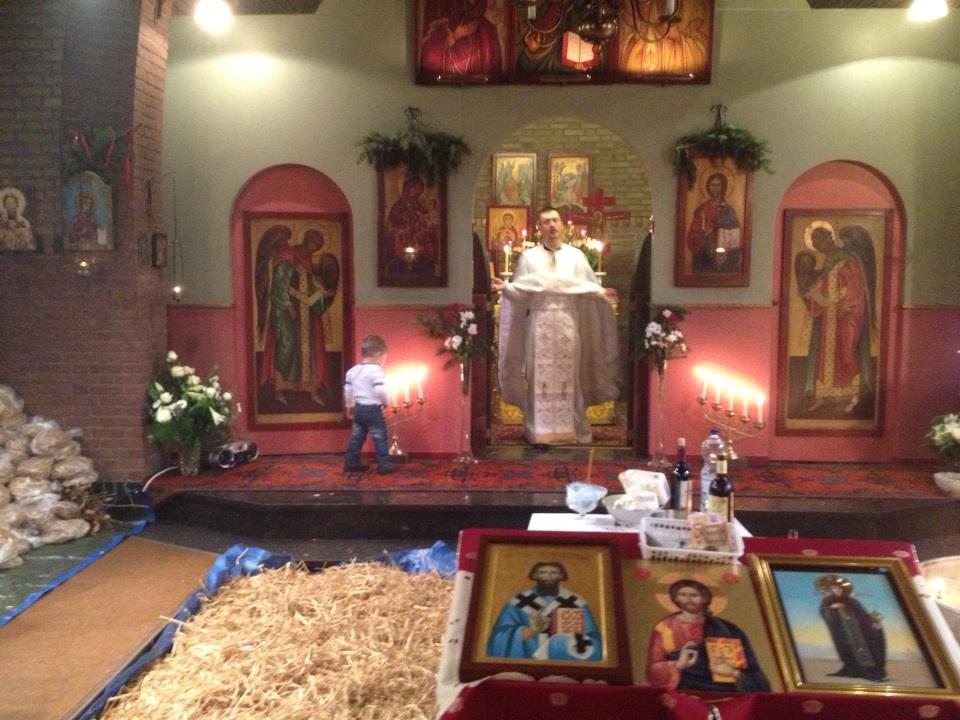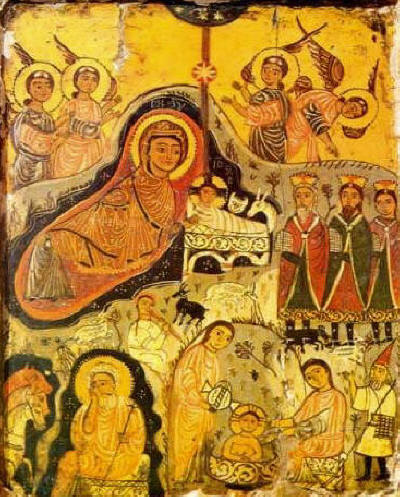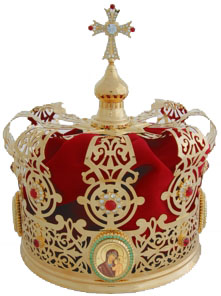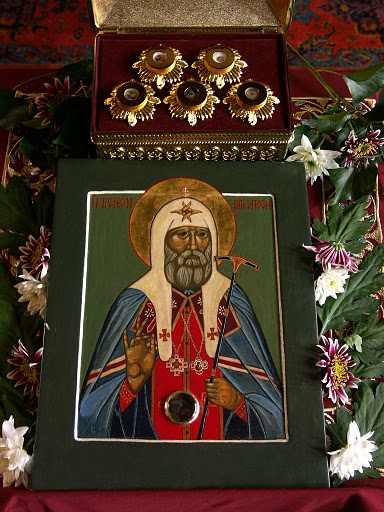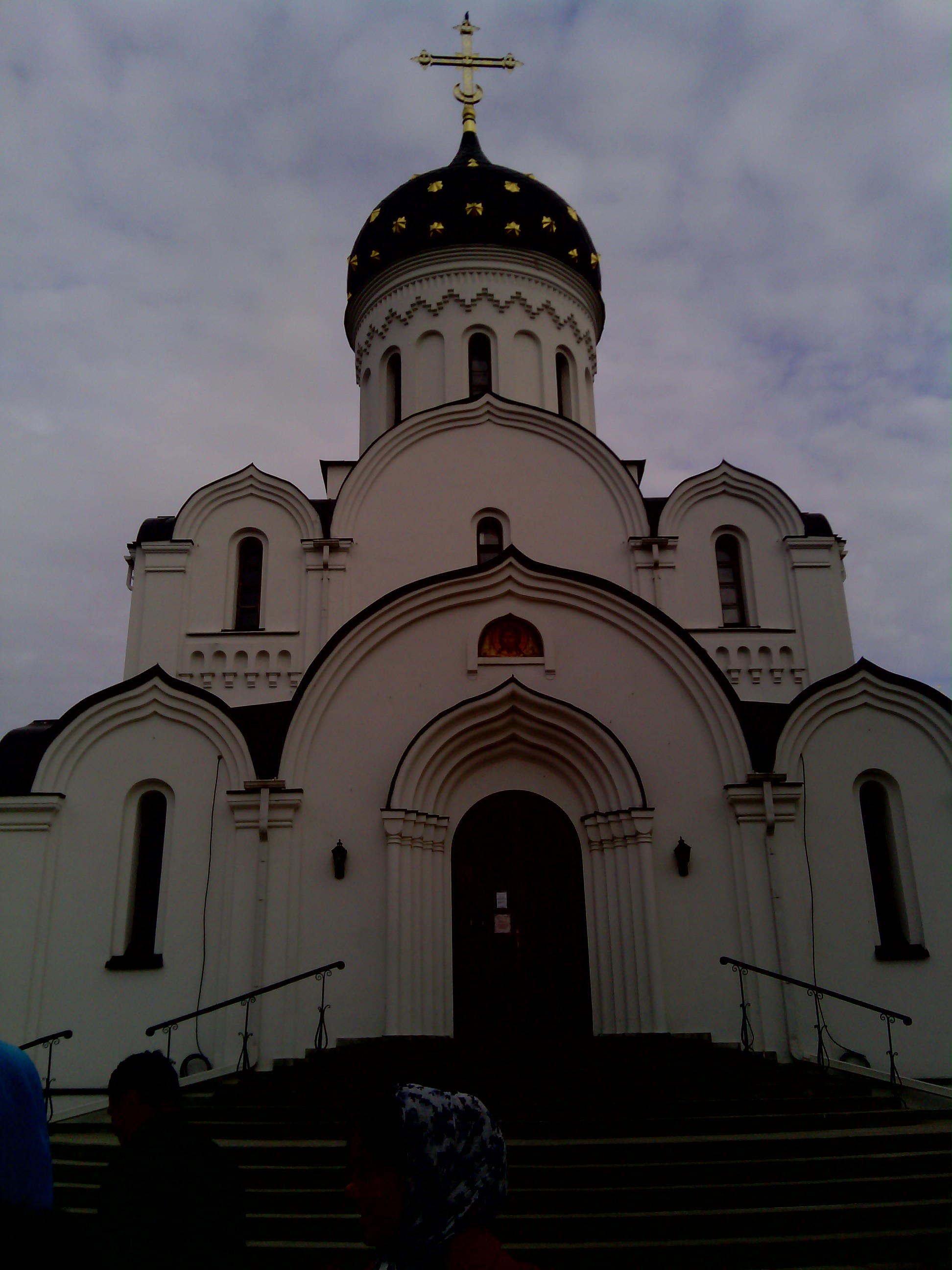
If you happen to be in Belarus's capital Minsk and you're a Christian you would definitely will be interested to see the spiritual side of Belarus. I was in Minsk with my wife for a month and had the chance to go for a pilgrimage in st. Elisaberth's Orthodox Christian Convent.
In Belarus about 80% of population of population are Orthodox Christians with about 7% Catholics, some 4% protestants and 9% atheists. I'm Orthodox Christian myself so mostly I kept interest in exoeriencing Orthodox religion life there. The religious life in Belarus so deeply impressed me so I decided to even document it here.
I was in a couple of Orthodox Churches during the Great Lent first week attending afternoon (Great) Repentence services canon of St. Andrew of Crete. And was amazed how many people are religious in this God fearful country. All Churches where I was during the Great Canon or Holy Liturgy was so full of people that you cannot even enter the Church if you're late for the service. People attending were also very concentrated on the service and most of the people came to services bringing most of which holding a book with the Great Repentance Canon following the service and concentrated in praying and doing ground prostrations. One thing to note is Belarusian Orthodox Church is a sub-division of Russian Orthodox Church (ROC), Belarusian doesn't have their own patriarch but are under the patriarchy of Russian and all Moscow patriarch – Kiril I.
Few weeks ago for Sunday of All Orthodoxy (Triumph of All orthodoxy) for Holy Liturgy service me and Svetlana with a close friend of her Tatyiana went to St. Elisabeth's Monastery.
Monastery is named in honour of St. Elizabeth Feodorovna Romanova – which is the last Russian Grand Princess of the Romanov family later executed with her husband and kids by Communists Bolsheviks, canonized by ROC in the 1990s.
![]()
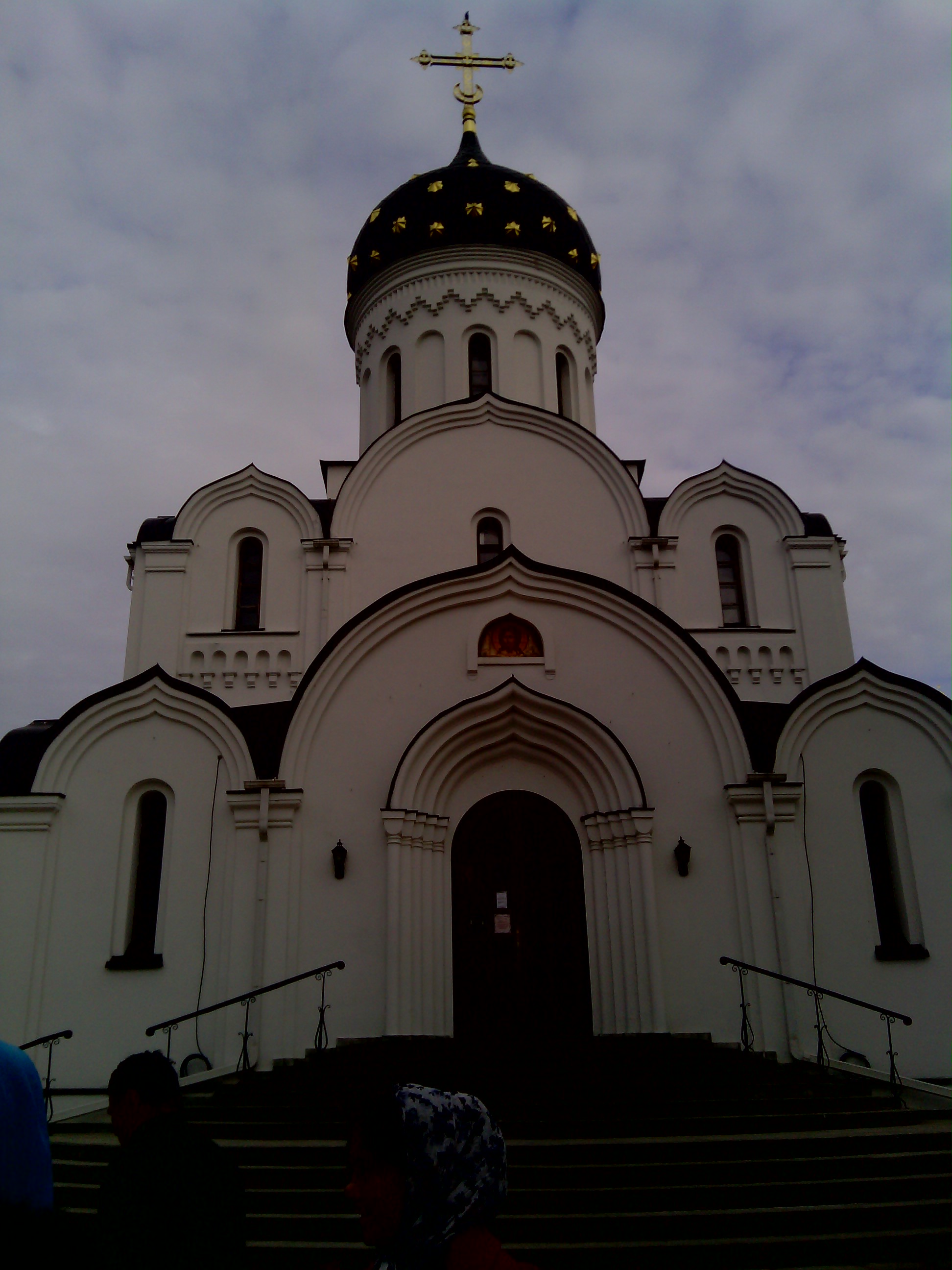
The monastery as almost all Churches in Belarus is so full of people you cannot move (it seems in Russian Orthodox Church – there is an amazing spiritual awakening at the moment). I wanted to confess and even though I was in the Church building before beginning of the holy liturgy and there were two priests to confess the queue of people to confess was so long that confession lasted until the end of the Holy Liturgy. In order to able to confess I've waited on the "confession queue" for about 2 hours and a half. Even though Holy Liturgy completed confession continued and those who confessed after the Church service end was also offered the Holy Sacraments. Another stunning thing for me was the amount of young and obviously intelligent people who was in the Church – just to compare here in Bulgaria, seeing young people in most Churches and monasteries is a rare thing ..
Saint Elisabeth's Monastery is the only monastery situated in (very near 19 km away) from MINSK on Vigotskogo 6 str. We reached the monastery by taking bus from regular Minsktrans (state's bus company) city bus nr. 26, other bus and trolley riding there are – bus 18 and trolley 33, 38, 55.
Monastery was established in 1990 after dissolvement of USSR and is situatuated on a place where previously there was no church or a monastery. The SisterHood in monastery is enormous by size and consists nowadays of 7 Churches!!!
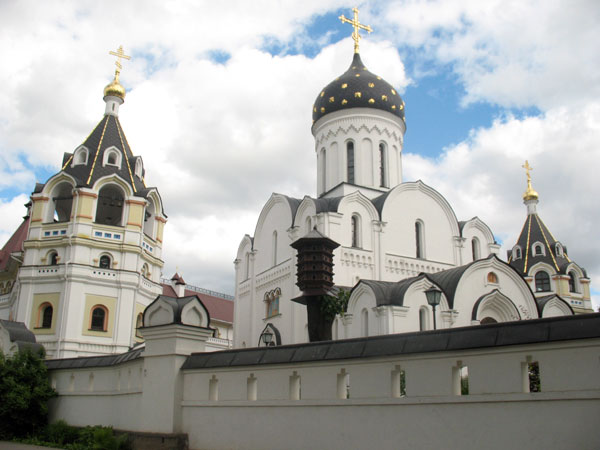
The main Church of the Monastery has saint relics from all around the known Orthodox Walls, to venerate all the saint relics you will need at least 20 minutes!! The Holy Relics of the monastery are so much that they remind me very much of Monasteries I've seen on Holy Mounth Athos. The spiritual father of the monastery is father Andreya Lemoshonka.
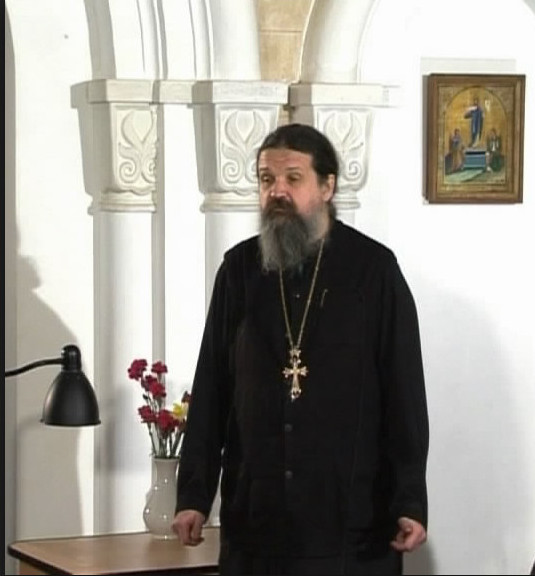
From ruromrs the sisterhood in monastery consists of about 120 sisters (and even maybe more), some of them are Nuns and others are the so called "Sisters of Mercy" (something like the "White Sisters" moveing in the Roman Catholic Church) – woman who deliberately decided to help the monastery often walking the streets shops and metro stations collecting charity for poor, sick and people in need. Sisters of mercy are something exception and seeing a lady dressed in white robes on the street or metro with a prayer book at hand is something rare to see in today's crazy materialistic world. Some of this kind sisters of mercy are novice nuns in the monastery and others are just worldly woman with family whom the monastery employes on a small renumeration.
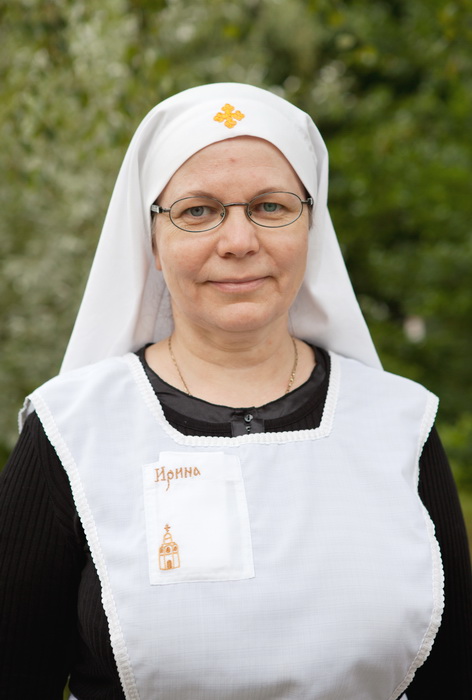
The cloister is a unique place next to the majestic Church buildings, the monastery has a coffeteria where you can have a coffee / snacks or even a dinner after service, there is a Church shops full of icon and all kind of orthodox spiritual literature,a Christian games for kids (Orthodox Lotto, kids collapsible Churches from cardboards) as well as a food store with fasting and non-fasting food and even a shop for Christian clothing "Православная Одежда".
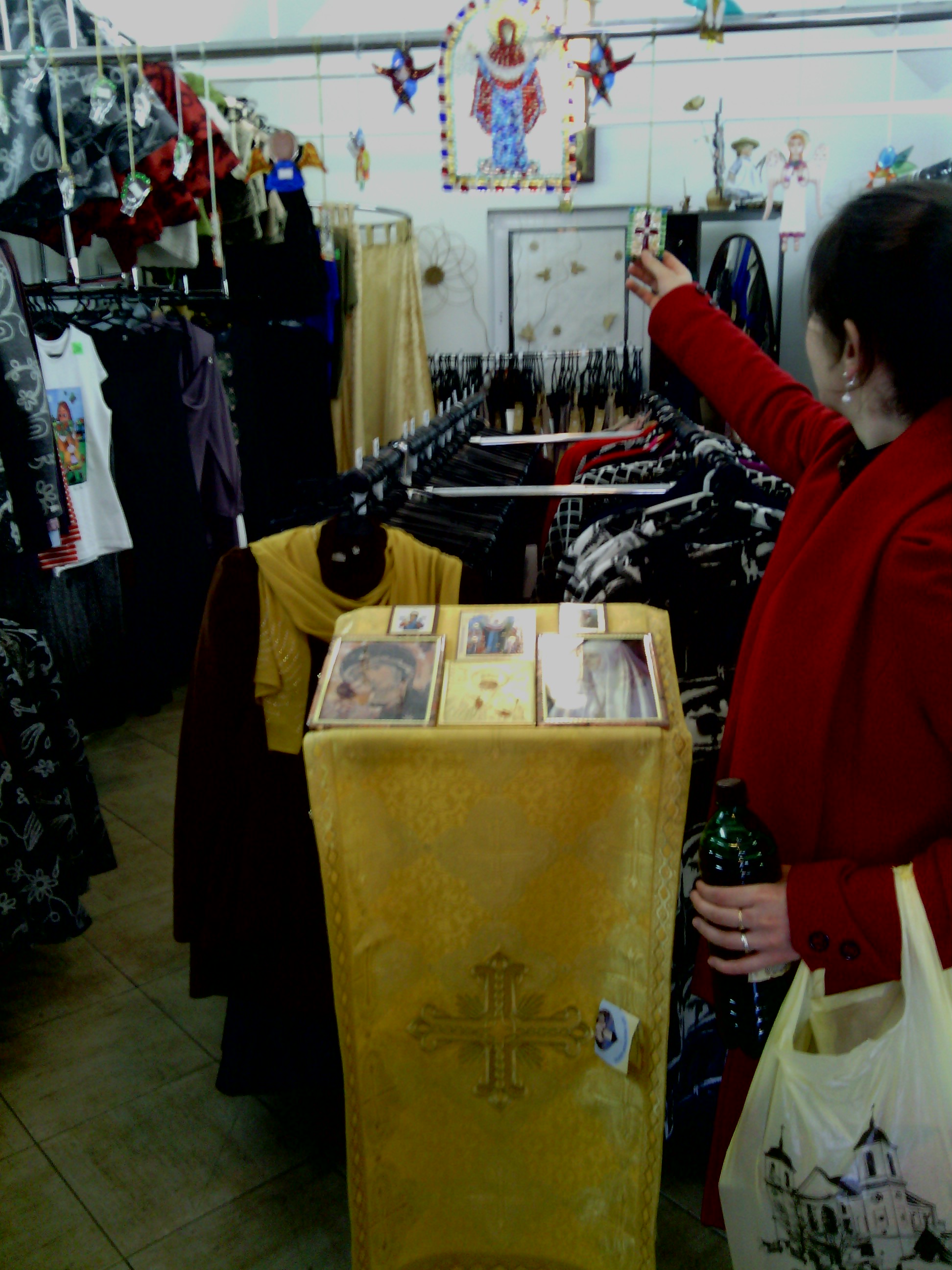
Orthodox Clothes Shop near St. Elizabeth's monastery Minsk
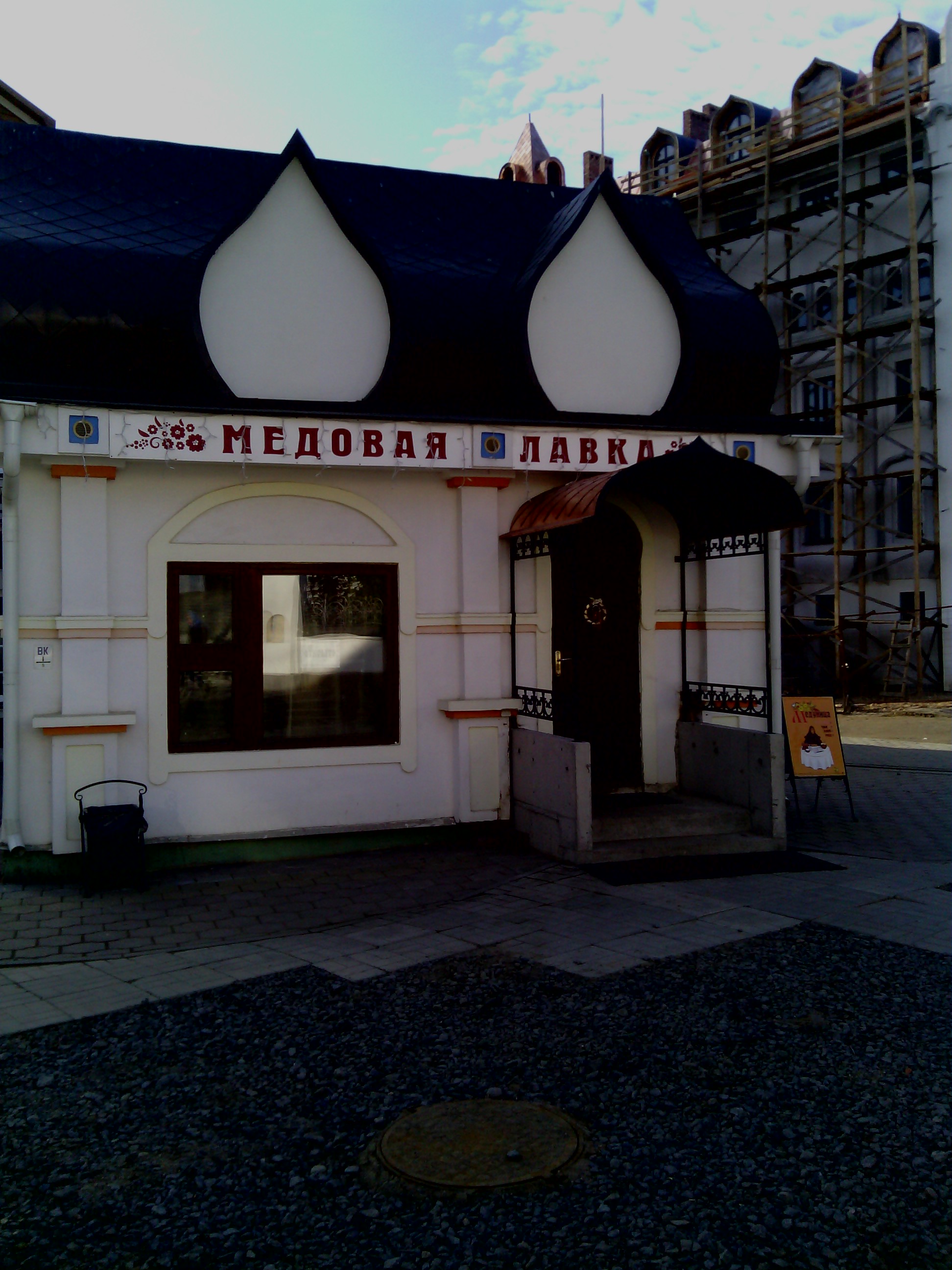
A Honey Store – St. Elizabeth Monastery Belarus
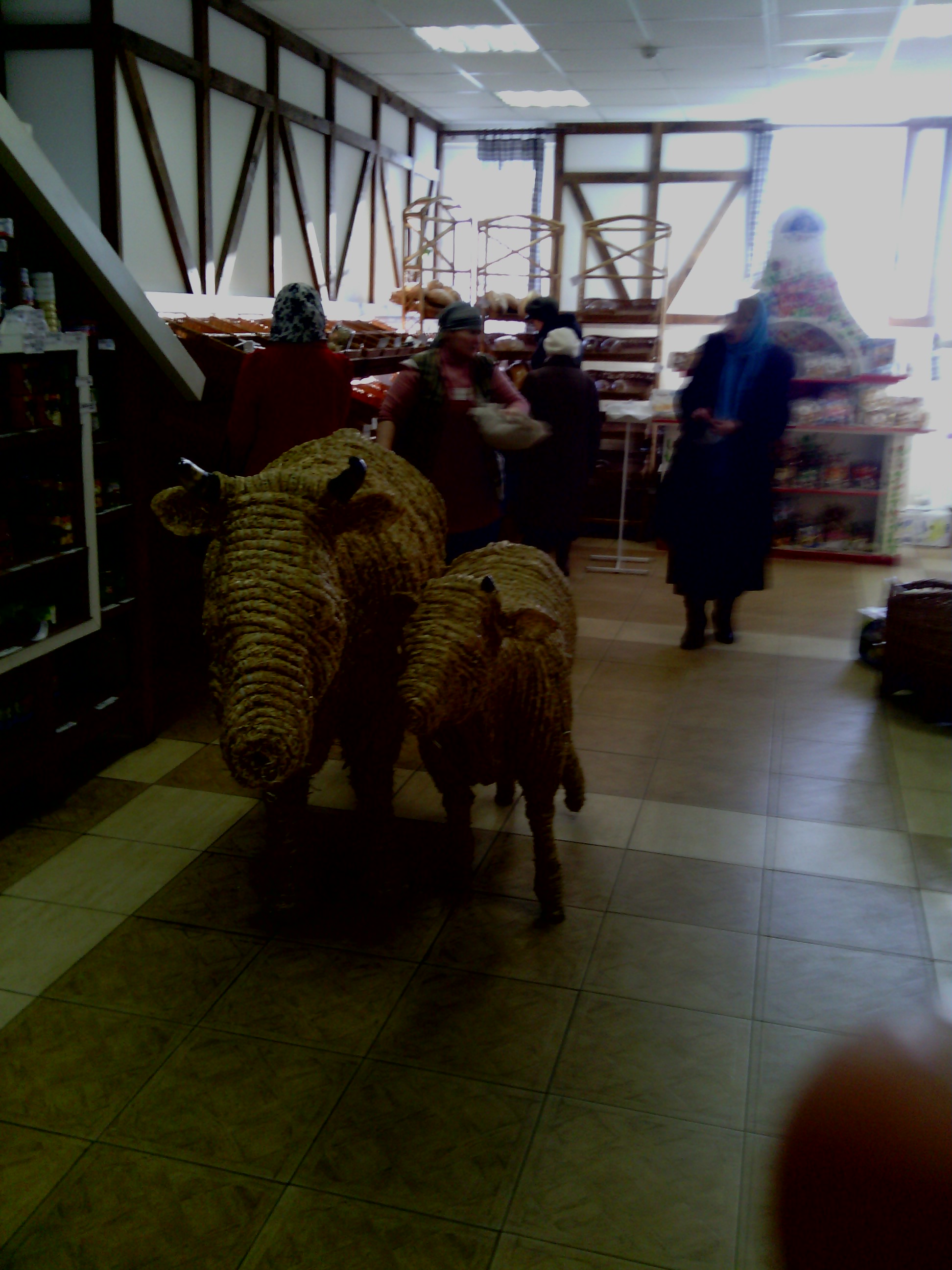
Orthodox Foodstore near St. Elizabeth Monastery Misnk
In one of the Churches there is a 3 floor tiny shop first floor sell icons, books and faith related things, monastic souvenirs and on the second floor there is a herbal pharmacy with healing herbs for almost all kind of physical and nervological disorders etc. Part of monastic life is the evening and morning service which occur everyday in the monastery. The spiritual father of a monastery Andreya Lemoshonka who is a married priest is also leading frequent lectures on faith and is often helping people coming to him for a spiritual advice, a problem or question related to faith. The Nuns are fasting each Monday, Wednesday and Friday – fasting also in Mondays even though this fasting day was only observed in ancient Church and in many Orthodox monasteries, Monday fastings (In veneration of Angels) is no longer observed – i.e. sisterhood life is very strict. Near the monastery is situated a Mental Hospital and one of the duties of nuns is to often visit the mentally sick there. The sisterhood helps orphanage homes and is bringing for Holy sacraments often a lot of sick children.
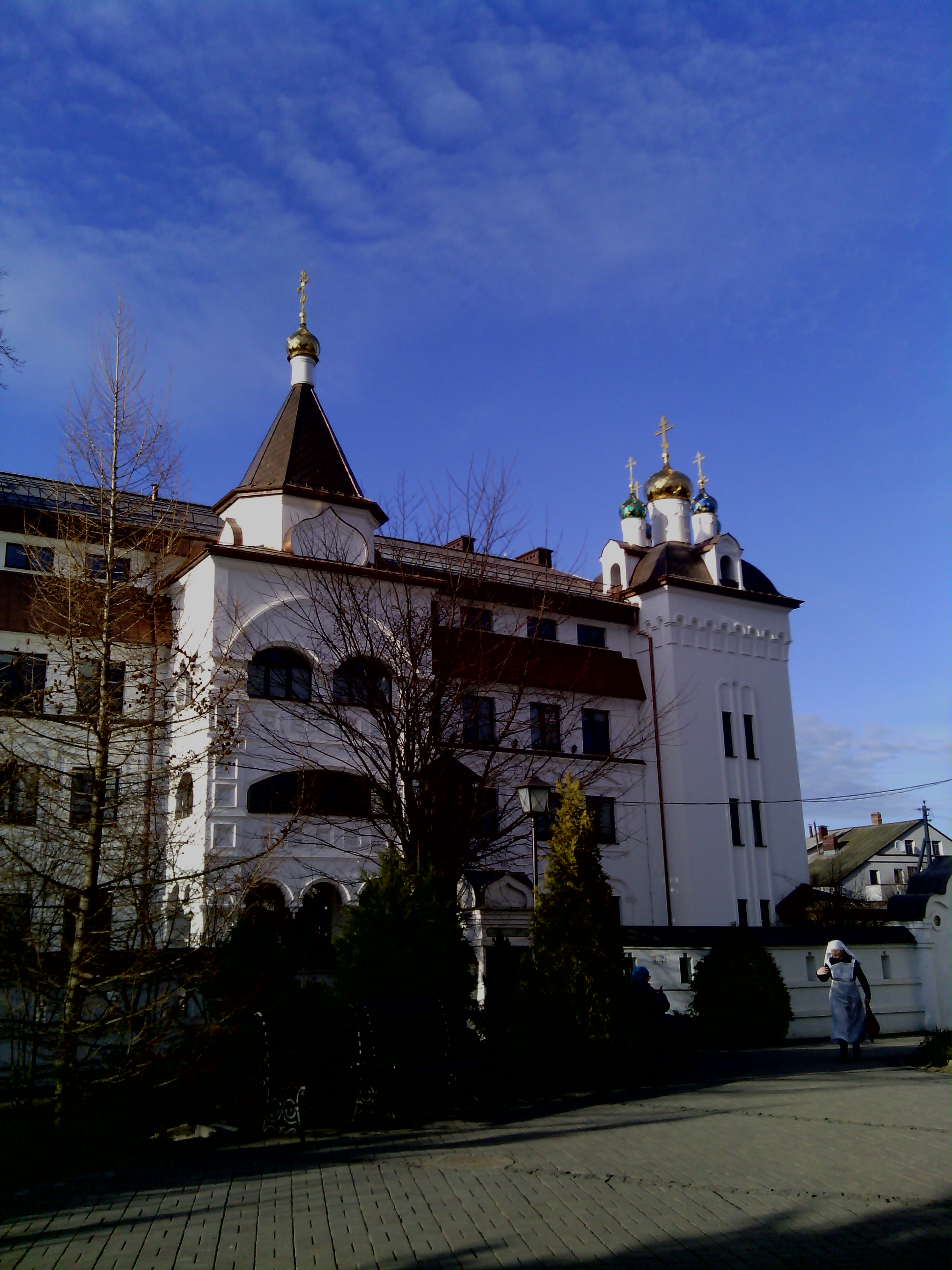
Part of monastery service is sheltering the homeless, alcoholics and drug addicts offering them encouragement and work in the small monastic farm. The monastery has also workshops where people with disability work in making gloves, icons, decorations, souvenirs embroided by hand. Near the monastery there is a wooden shop where one can order all kind of custom crafted wooden wardrobes, chairs or anything wooden you like for your home.
What I saw there make my heart joyful. It seems Minsk Monastery achieved something which is rarely seen in Orthodox world a symbiosis between Faith, charity and a monetary funding model that works.
The monastery very much reminded me to an Orthodox movie Forpost and to the Godly initiate in Bulgaria by father Ioan of Novi Khan who by his efforts, Gods help and the charity of hundreds of bulgarian takes care for about 150 homeless orphans in a monastery.
'Forpost' (Outpost) – What the Church Can Accomplish.
As a closure word I want say Thanks and Glory be to the Holy Trinity The Father, The Son and the Holy Spirit! for blessing me to the pilgrimage journet to St. Elizabeth's monastery!
